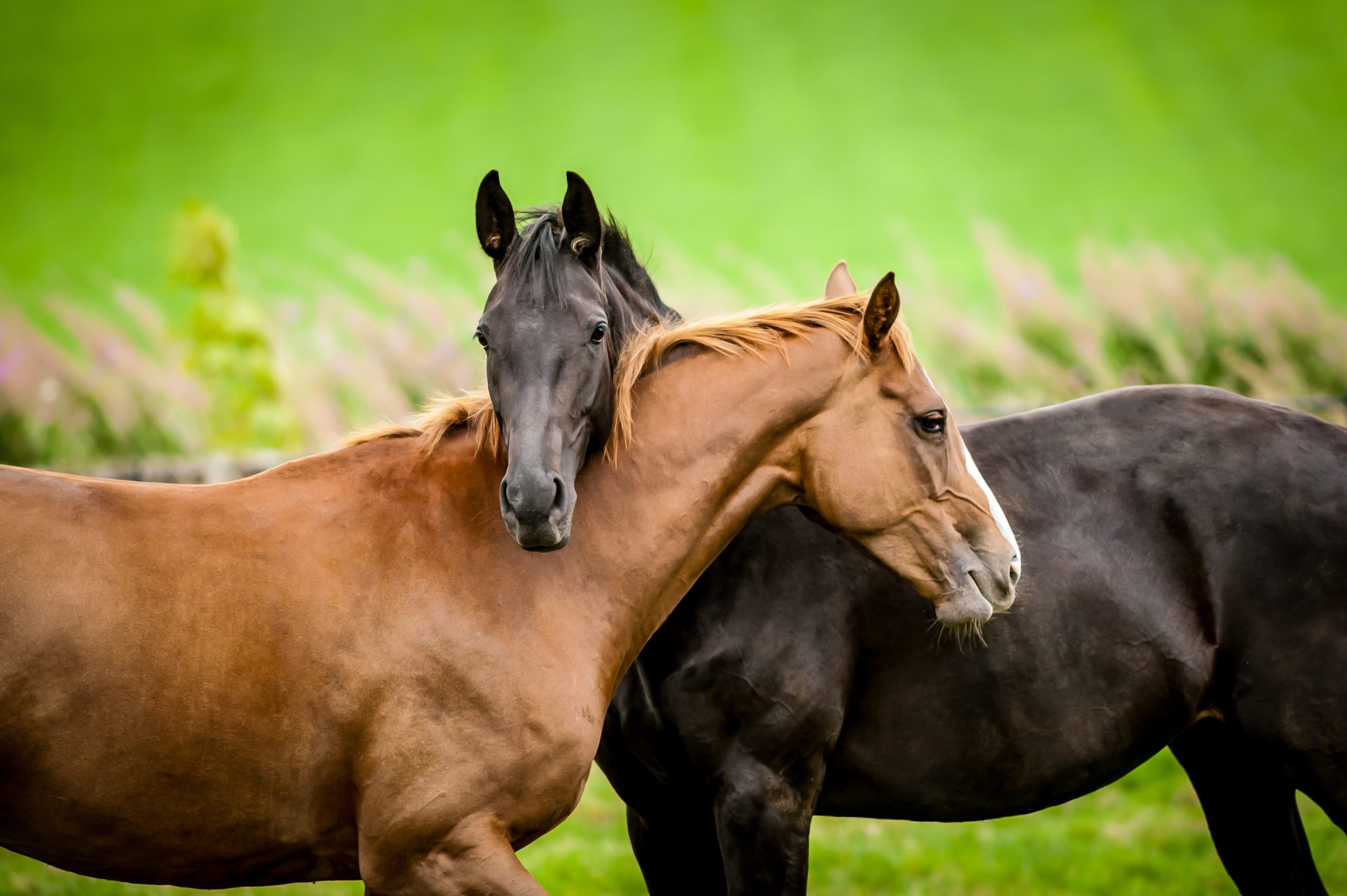Live plants are excellent because there are so many benefits in having them in your betta aquarium.
Primarily they help to keep water conditions optimal by converting harmful chemical compounds into oxygen but they also reduce algae expansion, look fantastic and are kinder to your betta fish’s fins (instead of sharp-edged plastic plants).
Step-by-step guide to adding live plants for beginners.
Having live plant life does not have to be difficult. There are several easy to look after aquarium vegetation which is exactly what we will give attention to here.
Step one 1: Which live crops must i choose?
Ask at your local reputable supplier. Some advanced crops will demand adding additional CO2 to water and high voltage light. Select the right live crops and you could have a great looking tank without having to deal with these requirements.
You should examine the crops in the pet store before buying. You shouldn’t buy old looking vegetation with yellow or rotting sections. Search for healthy renewable sturdy leaves.
Some very nice beginner
Live plants are excellent because there are so many benefits in having them in your betta aquarium.
Primarily they help to keep water conditions optimal by converting harmful chemical compounds into oxygen but they also reduce algae expansion, look fantastic and are kinder to your betta fish’s fins (instead of sharp-edged plastic plants).
Step-by-step guide to adding live plants for beginners.
Having live plant life does not have to be difficult. There are several easy to look after aquarium vegetation which is exactly what we will give attention to here.
Step one 1: Which live crops must i choose?
Ask at your local reputable supplier. Some advanced crops will demand adding additional CO2 to water and high voltage light. Select the right live crops and you could have a great looking tank without having to deal with these requirements.
You should examine the crops in the pet store before buying. You shouldn’t buy old looking vegetation with yellow or rotting sections. Search for healthy renewable sturdy leaves.
Some very nice beginner aquarium plants include java fern, amazon sword plant and anacharis.
Step two 2: Preparing your tank.
The steps below will show ways to add plants to a whole new aquarium. Never to get worried if you curently have you tank setup you will still be able to add live plants.
Place your tank in the ultimate stick it will be. (It’s going to be hard moving it following the following steps).
Step three 3: Adding substrate and gravel.
Gravel and Substrate
Please be aware the herb in the backdrop of this tank is a imitation plant.
It is strongly recommended that you choose a planted tank substrate. This will be necessary for most aquarium plants (there are a few super easy good care vegetation that don’t require this).
Plant progress substrate is added half-an-inch thick over the lower part of the tank (Check the back of the packet for more information).
Plant growth substrate can be used as it absorbs nutrition from water, making them open to the plants roots and allowing for long term expansion.
Next add 1.5 inch of aquarium gravel together with the substrate. This is used to hold the plants in place (and appearance great).
Gravel and Substrate UP CLOSE
Gravel and Substrate UP CLOSE
Gravel suggestion: Work with a medium/fine gravel. Large gravel portions allow for fish waste material and uneaten food to slide between the rocks meaning dirtier normal water.
Step 4: Add some water.
So we could adding enough normal water for water lines to be 4 inches high. This can make things easier as it helps to keep the plants strong / floating as you herb them.
Adding normal water to Aquarium
Water adding tip: Do not disturb the gravel / substrate. Ways to effectively battle this is by by using a lid for a Tupperware / sandwich pack. Place this level onto the gravel and slowly pour water onto the lid. This breaks the water ‘s electric power and limits the disruption of the gravel and substrate.
Step 5: Add your ornaments / hardscape features.
Water added to aquarium
Next add the top features of the tank to be able to vegetable around them and plan the ultimate design.
Step 6: Preparing the plants.
Most of the time, when you get live plants they’ll be provided for you in a pot and the root base have been kept in “fiber wool” or “rock and roll wool”. This will be removed.
removing the wool from the plants
Be careful as it will be mounted on the root base of your plant – that are vital for herb survival.
Step 7: A chance to plant.
How exactly to add the live crops: Develop a gap in the gravel with your finger. This space should not reach completely to the substrate but it should be close. Place the roots into this gap (sometimes this is most beneficial done with aquarium tweezers) and then cover them in gravel. The gravel will there be to keep your flower root base and stem secure.
Planting tips: Add larger plants towards the trunk of the tank, add smaller to leading. This can look great and allow for a much better viewing experience.
Step 8: You could attach some live plant life to the hardscape.
Some easy-to-care-for live plants need not be planted into the gravel/substrate.
Adding live plant to driftwood
The image above shows how exactly we have added a java fern plant to a piece of driftwood.
This was done by firmly taking a small little bit of household thread (brown works best) and tying the plant to the driftwood. Attaching the crops by the bottom level/main section provides best look.
Step 9: Load the aquarium up with water
Fill the aquarium up with drinking water and turn on your filter and heater as your planting is complete.
Live crops added
Rubble is normal after adding crops. Use a online to accumulate it.
Bubbles in aquarium
Bubbles are also common. Take a look at all the air.
Remember, plain tap water can kill seafood as it includes Chlorine (and other chemicals). Tap water should be conditioned.
If this is the first time the tank has been setup it ought to be fully cycled before adding fish.
And there you own it. Your new live aquarium plants. Simple.
Ongoing live flower aquarium care.
For easy to care for plant life, your standard aquarium light, substrate and the natural fish waste should be adequate to keep your plants alive. It is also recommended to add a drop of aquarium vegetable fertilizer during drinking water changes (check the trunk of container for accurate amount, the bigger the tank a lot more you will add).
Your betta seafood will love the live plant life in his aquarium! You will notice the difference in his enjoyment and behavior.
include java fern, amazon sword plant and anacharis.
Step two 2: Preparing your tank.
The steps below will show ways to add plants to a whole new aquarium. Never to get worried if you curently have you tank setup you will still be able to add live plants.
Place your tank in the ultimate stick it will be. (It’s going to be hard moving it following the following steps).
Step three 3: Adding substrate and gravel.
Gravel and Substrate
Please be aware the herb in the backdrop of this tank is a imitation plant.
It is strongly recommended that you choose a planted tank substrate. This will be necessary for most aquarium plants (there are a few super easy good care vegetation that don’t require this).
Plant progress substrate is added half-an-inch thick over the lower part of the tank (Check the back of the packet for more information).
Plant growth substrate can be used as it absorbs nutrition from water, making them open to the plants roots and allowing for long term expansion.
Next add 1.5 inch of aquarium gravel together with the substrate. This is used to hold the plants in place (and appearance great).
Gravel and Substrate UP CLOSE
Gravel and Substrate UP CLOSE
Gravel suggestion: Work with a medium/fine gravel. Large gravel portions allow for fish waste material and uneaten food to slide between the rocks meaning dirtier normal water.
Step 4: Add some water.
So we could adding enough normal water for water lines to be 4 inches high. This can make things easier as it helps to keep the plants strong / floating as you herb them.
Adding normal water to Aquarium
Water adding tip: Do not disturb the gravel / substrate. Ways to effectively battle this is by by using a lid for a Tupperware / sandwich pack. Place this level onto the gravel and slowly pour water onto the lid. This breaks the water ‘s electric power and limits the disruption of the gravel and substrate.
Step 5: Add your ornaments / hardscape features.
Water added to aquarium
Next add the top features of the tank to be able to vegetable around them and plan the ultimate design.
Step 6: Preparing the plants.
Most of the time, when you get live plants they’ll be provided for you in a pot and the root base have been kept in “fiber wool” or “rock and roll wool”. This will be removed.
removing the wool from the plants
Be careful as it will be mounted on the root base of your plant – that are vital for herb survival.
Step 7: A chance to plant.
How exactly to add the live crops: Develop a gap in the gravel with your finger. This space should not reach completely to the substrate but it should be close. Place the roots into this gap (sometimes this is most beneficial done with aquarium tweezers) and then cover them in gravel. The gravel will there be to keep your flower root base and stem secure.
Planting tips: Add larger plants towards the trunk of the tank, add smaller to leading. This can look great and allow for a much better viewing experience.
Step 8: You could attach some live plant life to the hardscape.
Some easy-to-care-for live plants need not be planted into the gravel/substrate.
Adding live plant to driftwood
The image above shows how exactly we have added a java fern plant to a piece of driftwood.
This was done by firmly taking a small little bit of household thread (brown works best) and tying the plant to the driftwood. Attaching the crops by the bottom level/main section provides best look.
Step 9: Load the aquarium up with water
Fill the aquarium up with drinking water and turn on your filter and heater as your planting is complete.
Live crops added
Rubble is normal after adding crops. Use a online to accumulate it.
Bubbles in aquarium
Bubbles are also common. Take a look at all the air.
Remember, plain tap water can kill seafood as it includes Chlorine (and other chemicals). Tap water should be conditioned.
If this is the first time the tank has been setup it ought to be fully cycled before adding fish.
And there you own it. Your new aquarium with live plants. Simple.
Ongoing live flower aquarium care.
For easy to care for plant life, your standard aquarium light, substrate and the natural fish waste should be adequate to keep your plants alive. It is also recommended to add a drop of aquarium vegetable fertilizer during drinking water changes (check the trunk of container for accurate amount, the bigger the tank a lot more you will add).
Your betta seafood will love the live plant life in his aquarium! You will notice the difference in his enjoyment and behavior.



